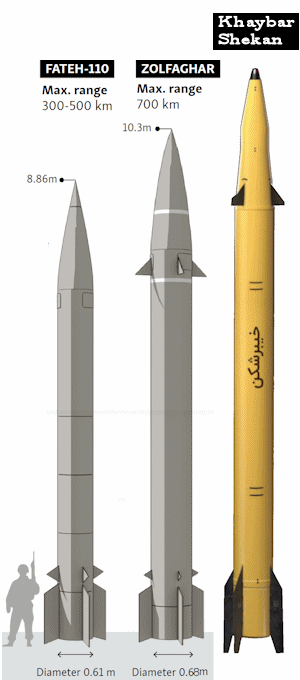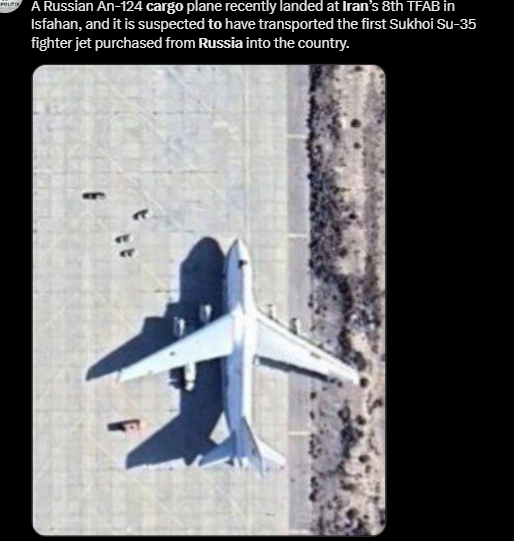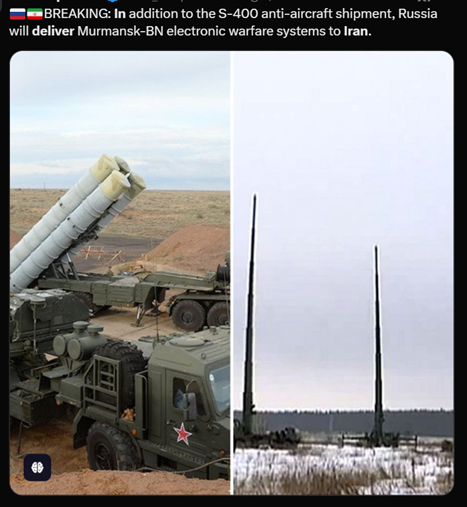Iran is ramping up its missile production after receiving a crucial chemical shipment from China, signalling a swift recovery from devastating Israeli strikes on its missile facilities. This development threatens to escalate tensions in the Middle East, with Iran’s expanding missile arsenal potentially shifting the regional power balance.
Iran has resumed its missile production capabilities after receiving a crucial chemical shipment from China, according to tracking data that shows the first of two vessels carrying sodium perchlorate has anchored outside the Iranian port of Bandar Abbas.
The vessel named Golbon departed from China’s Taichang port on January 21, carrying the majority of a 1,000-tonne shipment of sodium perchlorate—the main precursor in producing solid propellant that powers Iran’s mid-range conventional missiles. A second vessel, Jairan, is expected to deliver the remainder of the shipment in the coming weeks.
This development comes at a critical juncture as Iran faces significant regional challenges, including the fall of its ally Bashar al-Assad in Syria and substantial losses by Hezbollah in Lebanon. Analysts suggest the timing indicates Iran’s determination to rebuild its missile capabilities following devastating Israeli strikes on key production facilities in year 2024.
This shipment could be interpreted as a signal that Iran’s missile production is returning to business as usual after the embarrassing attacks by Israel on key factories.
According to military experts, the sodium perchlorate shipment could enable the production of approximately 260 solid rocket motors for Iran’s Kheibar Shekan missiles or 200 Haj Qasem ballistic missiles.
Western intelligence sources had initially estimated it would take at least a year for Iran to resume solid-propellant production following Israel’s strikes. However, this delivery suggests Iran may already be back to producing missiles or is not far from it.
“Iran’s solid propellant production infrastructure has dramatically expanded in the last few years—potentially even since October 7, 2023—with new sites built and existing ones enlarged,” noted a military analyst who requested anonymity.
Recent History of Missile Exchange
The development follows last year’s missile confrontation between Iran and Israel. On October 1, 2024, Iran launched approximately 50 medium-range missiles with solid propulsion at Israel. The Israeli Army recovered wreckage from at least one Kheibar Shekan missile following the barrage.
Israel responded on October 26, 2024, with three waves of strikes targeting 20 locations in Iran, including military sites, air-defense batteries, a UAV factory, and missile production facilities.
Behind the Curtain: China’s Delicate Dance with International Norms
China has been a primary supplier of sodium perchlorate for Iran’s missile programs since at least the mid-2000s. While sodium perchlorate itself is not restricted by Western sanctions, it can be chemically transformed into ammonium perchlorate: a controlled product used as fuel and oxidizer in solid rocket propellants.
In response to inquiries, Chinese officials stated that they consistently abide by export controls on dual-use items in accordance with international obligations and domestic laws. They emphasized that sodium perchlorate is not a controlled item under Chinese regulations, and its export constitutes normal trade.
A Western intelligence official revealed to CNN that while relevant US government agencies are aware of the delivery, there is limited concern over the shipment itself. However, if Iran channels these chemicals toward missile fuel production, particularly for weapons destined for Russia, that would raise greater concerns.
Recent months have witnessed an acceleration in weapons exchanges between Russia and Iran. Since late 2024, Iran has increased deliveries of Shahed-series drones to Russia for use in Ukraine, while Russia has reportedly provided Iran with advanced radar systems and electronic warfare technology to strengthen Iranian air defenses following Israel’s October strikes. Western intelligence has identified shipments of Pantsir-S1 air defense components moving via Caspian Sea routes. Most concerning is evidence of Russian assistance with Iran’s ballistic missile guidance systems, potentially enhancing weapons like the Kheibar Shekan.

 Regional Implications and Future Outlook
Regional Implications and Future Outlook
The resumption of Iran’s missile production capabilities raises significant concerns about regional stability, particularly given Iran’s position as the largest and most diverse missile arsenal holder in the Middle East. With thousands of ballistic and cruise missiles, some capable of striking as far as Israel and southeast Europe, Iran’s growing missile forces represent a potent tool for power projection.
Such developments occurs at a time when tensions are already high in the region following strikes and counter-strikes between Israel and Iran. But India maintains important relationships with both nations and has consistently advocated for peaceful resolution of disputes.
The Wider Impact on Global Security
As Iran rebuilds its missile capabilities, the international community watches with growing concern. The increased sophistication of Iran’s missile program not only threatens regional stability but could potentially shift the balance of power in the Middle East.
Intelligence sources suggest that Iran may be using these developments to strengthen its bargaining position in any future negotiations with the United States or other global powers. The coming months will be crucial in determining whether this represents a defensive measure or signals a more aggressive posture from Tehran.
For India, which has significant diaspora populations and energy interests in the region, the developments merit close monitoring as they could impact oil prices and broader regional stability. Indian officials maintain that diplomatic channels remain open with all parties involved, and they continue to advocate for de-escalation and dialogue.
As one senior Indian diplomat noted, “The chess game in the Middle East continues to evolve, with each move potentially bringing us closer to either meaningful dialogue or dangerous confrontation. The international community must remain vigilant and engaged to prevent miscalculation.

